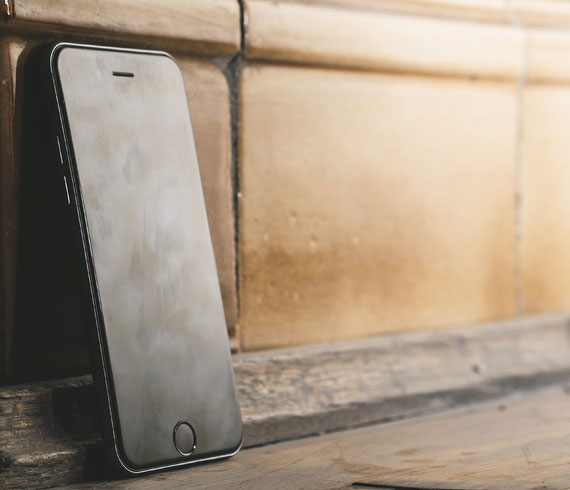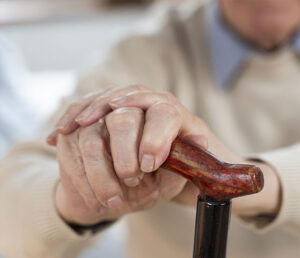In October of 2005, The Bureau of Justice Statistics released an interesting article titled Civil Bench and Jury Trials in State Courts.
The article sets forth the results of a survey of the civil justice systems of the state courts from 1992 to 2005. The study concluded that overall median jury verdict awards decreased by 40%. When you read the data contained within the study, not all causes of action suffered a decrease, but across the board the decrease was 40%. The largest decrease was seen in verdicts involving motor vehicle accidents, which was nearly a 60% decrease. Even though it is 2017, it is relevant. Certainly, there has been no liberal jury verdict revival. Outside exceptional cases, jury verdicts in your average injury or other types of cases persistently disappoint plaintiffs’ lawyers and plaintiffs.
Personal Injury practitioners used to state the old axiom of expecting three times your medical specials. The age of three times the medical specials has long been over. The remainder of this presentation will focus on what a lawyer representing the plaintiff can do to counteract what is generally a conservative jury and maximize damages for their client. The presentation will not focus on the mechanics of admitting damages as evidence but instead focus on what both the lawyer and his client can do to make the jury want to award them damages.
The Impact of Technology on Jurors
A. Juror Confidence
The use of good visual aids when presenting information impacts how the presenter is perceived. A study performed at the University of Minnesota concluded that visuals can improve communication effectiveness, the perception of the presenter, and the confidence in the speaker. Vogel, DR., Dickson, GW., and Lehman, JA., Persuasion in the Role of Visual Presentation Support: The UM/3M Study, 1986. Additionally, the average speaker who uses visual aids will come across as better prepared, more credible, more dynamic, and more persuasive than a speaker who does not use visual aids. Lucas, SE., The Art of Public Speaking. McGraw-Hill, 2001.
In today’s environment of email, text messaging, social networking (such as Twitter or Facebook) and twenty-four hour connectivity through cell phones and tablets, a jury will look at the lawyer as being out of touch and therefore lose confidence in the information they present if they do not appear to have a minimal amount of technological proficiency.
B. Speak Their Language
People no longer have attention spans that allow them to absorb information by listening to long narratives. Researching attention spans revealed that attention spans, according to many studies, can be as short as one to two minutes. The longest attention span I found was approximately ten minutes. In fact, the State Appellate Prosecutor’s office trained young attorneys with information indicating that an average juror’s attention span is approximately ten minutes long.
The plaintiff’s attorney must use visual aids to supplement their verbal presentation to overcome this problem. Retention of information over a three day period increases from 10%, for verbal presentations, to over 60% for verbal and visual combined. University of Alabama, Successfully Using Visual Aids in Your Presentation, 2005, citing U.S. Department of Labor Occupational Safety and Health Administration, Presenting Effective Presentations with Visual Aids, May 10, 2005. This is particularly important since the Bureau of Justice Statistics study cited above indicated that average jury trials are approximately three days long.
In summary, you, as the attorney, must, at a minimum, present some basic form of visual aid through the use of technology, even if basic technology, to both inspire confidence in the jury in you as a competent lawyer and, more importantly, to feed information to the jury in a way they are accustomed to receiving it in their everyday life.



